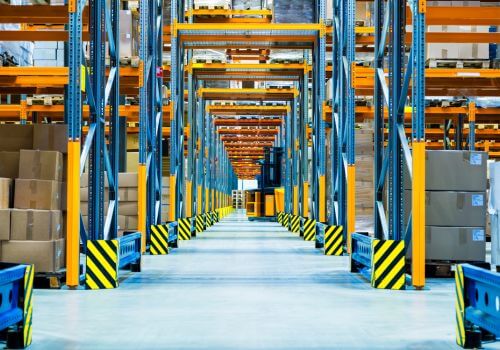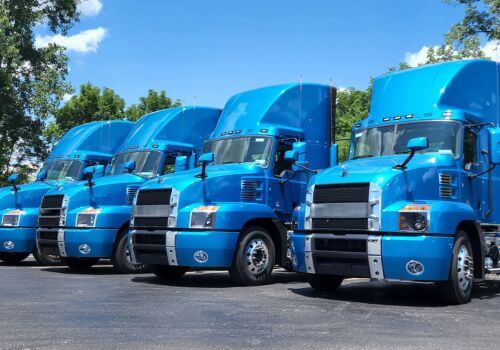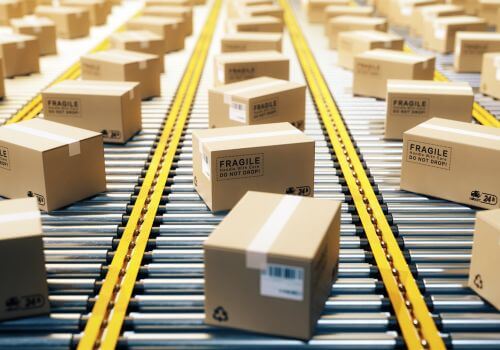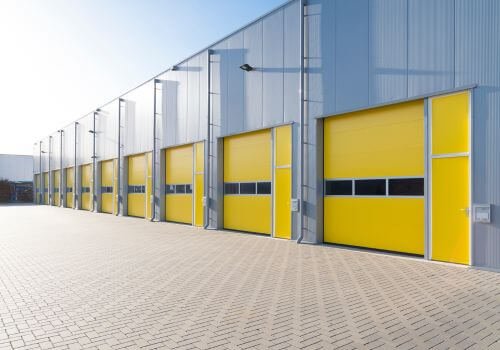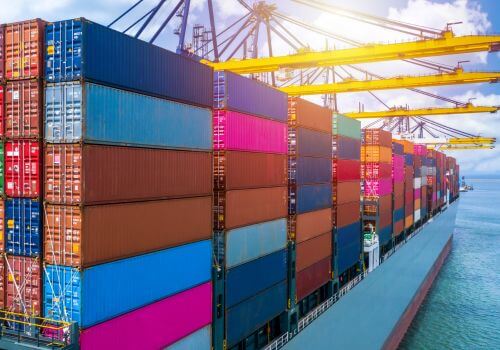Blister packaging is one of the most widely used packaging methods in logistics for products that require protection, visibility, and security during transportation and storage. This form of packaging is favored by many industries for its ability to protect items from damage, contamination, and tampering, while also allowing customers to visually inspect the products without opening the package. Understanding the function and benefits of blister packaging in logistics can provide insight into how this packaging technique optimizes the supply chain for a variety of products.
What is blister packaging? The definition
Blister packaging is a type of pre-formed, rigid packaging that typically consists of two parts: a transparent plastic cavity that is molded to the shape of the product, and a backing material that seals the product within the cavity. The plastic is usually made from materials such as PVC (polyvinyl chloride), PET (polyethylene terephthalate), or other durable polymers. The backing material can be cardboard, paperboard, or aluminum foil, which provides additional support, sealing, and protection.
This packaging method is commonly used for small or medium-sized products that need individual protection and visual display. The structure of blister packaging makes it particularly useful for preventing damage, contamination, and tampering during transit and storage.
What are the importance of blister packaging in logistics?
Blister packaging offers several key advantages that make it a preferred choice for many logistics operations. From protection against environmental factors to cost efficiency, blister packaging addresses multiple challenges faced by logistics companies in ensuring product integrity throughout the supply chain.
Protection of products
The primary function of blister packaging is to protect the product it contains. The molded plastic cavity forms a tight seal around the product, safeguarding it from physical damage, contamination, and exposure to environmental elements such as moisture, dust, and air. This protection is crucial in logistics, where products often undergo multiple stages of handling, storage, and transportation before reaching their final destination.
In particular, blister packaging is highly valued in industries like pharmaceuticals and electronics, where even slight damage can render a product unusable or unsellable. The durability and protective capabilities of blister packs ensure that products maintain their quality and integrity from the point of manufacture to the customer’s hands.
Product visibility
Blister packaging offers a unique advantage in logistics by allowing products to be visible without opening the packaging. The transparent plastic cavity enables easy inspection of the product without breaking the seal, which is especially useful for retailers and customers alike. This is important in logistics because it allows for faster quality checks during various stages of the supply chain, reducing the need for opening packages and thus decreasing the risk of damage or contamination.
In industries like retail, where presentation is critical, blister packaging allows products to be displayed attractively on shelves while still providing the necessary protection. This feature not only improves the efficiency of logistics operations but also enhances customer experience by making it easier to inspect the product before purchase.
Tamper-evident design
One of the major concerns in logistics is ensuring the security and integrity of products as they move through the supply chain. Blister packaging offers a tamper-evident solution, as any attempt to open the packaging is immediately visible. Once the blister pack is opened, it is very difficult to reseal it without leaving obvious signs of tampering.
This is particularly important for products that require high levels of security, such as pharmaceuticals, consumer electronics, and even food products. The tamper-evident nature of blister packaging provides assurance to logistics companies and end-users that the product has not been altered or compromised during transit.
Cost efficiency
In logistics, cost efficiency is a top priority, and blister packaging is known for being relatively affordable to produce. The materials used in blister packaging, such as PVC or PET, are inexpensive, and the manufacturing process can be done in large volumes, reducing production costs.
Additionally, the compact design of blister packaging minimizes the amount of material used compared to other forms of packaging, such as bulky boxes or containers. This reduced material usage not only lowers production costs but also contributes to more efficient transportation by reducing the weight and space needed for each product. This can result in significant cost savings, especially when shipping products internationally.
Lightweight design
Blister packaging is inherently lightweight due to the thin plastic and paperboard materials used in its construction. In logistics, where weight plays a significant role in determining shipping costs, this is a key advantage. By using blister packaging, companies can reduce the overall weight of their shipments, which leads to lower transportation costs.
Moreover, the lightweight nature of blister packs makes handling and moving products easier at every stage of the supply chain, from warehouses to delivery trucks. This not only saves on transportation expenses but also improves efficiency in logistics operations by simplifying the storage and distribution processes.
Space efficiency in storage
Space is often a critical factor in logistics, both in warehouses and during transportation. Blister packaging is designed to be compact and stackable, maximizing the use of available space. By reducing the footprint of each product, companies can store more products in the same amount of space, which helps optimize warehouse storage and reduce inventory costs.
The slim design of blister packaging also allows for efficient use of pallet and shelf space during shipping, further reducing the overall logistics costs. This space efficiency is particularly beneficial when dealing with high-volume shipments, where maximizing available storage is crucial.
Customizability for specific products
Blister packaging can be easily customized to fit the exact size and shape of the product it contains. This not only improves product protection but also reduces the need for excess packaging material. In logistics, where products come in a wide range of shapes and sizes, the ability to create custom-fit packaging ensures that the product is securely held in place during transportation.
For instance, in the electronics industry, blister packaging can be molded to accommodate the specific contours of a product like headphones or USB drives, preventing them from moving around during transit. This level of customization enhances product protection and helps minimize the risk of damage or loss during handling and transportation.
5 real-life examples of blister packaging in the logistics industry
Blister packaging is used across various industries to meet specific logistical needs. Here are some real-world applications that demonstrate the value of blister packaging in different sectors.
1. Pharmaceutical industry
In the pharmaceutical industry, blister packaging is the standard for packaging medications like tablets, capsules, and lozenges. These products need to be protected from moisture, air, and contamination, and blister packs provide a secure seal to maintain their potency and safety. For logistics companies that transport pharmaceuticals, blister packaging ensures that medications remain intact and tamper-free throughout the supply chain.
2. Consumer electronics
Blister packaging is commonly used for small electronic items such as USB drives, batteries, and earphones. These items are delicate and can easily be damaged if not properly protected. The transparent cavity of the blister pack allows customers and retailers to view the product without opening it, reducing the chances of mishandling during distribution and ensuring that products arrive in perfect condition.
3. Retail and toy industry
Many small toys, accessories, and household items are sold in blister packs. In the retail logistics chain, blister packaging helps protect these items from damage while also offering an attractive display for customers. Since the packaging allows for clear visibility of the product, it is particularly useful for products that benefit from visual presentation, such as action figures or makeup products.
4. Cosmetics
Blister packaging is widely used in the cosmetics industry for products like lipsticks, mascara, and compact powders. These items are often delicate and need to be protected from breaking or contamination. Blister packs provide the necessary protection while ensuring that the product is presented in an appealing way, which is important for customer satisfaction in the cosmetics industry.
5. Hardware and tools
Small hand tools, screws, and fasteners are frequently blister packaged to prevent them from being lost or damaged during shipping. In logistics, this type of packaging allows for easier organization and inventory management while ensuring that products are kept secure during transportation.
In summary, Blister packaging in logistics is a type of packaging where products are sealed in a clear, pre-formed plastic cavity attached to a backing, providing protection, visibility, and tamper resistance during transportation and storage.


